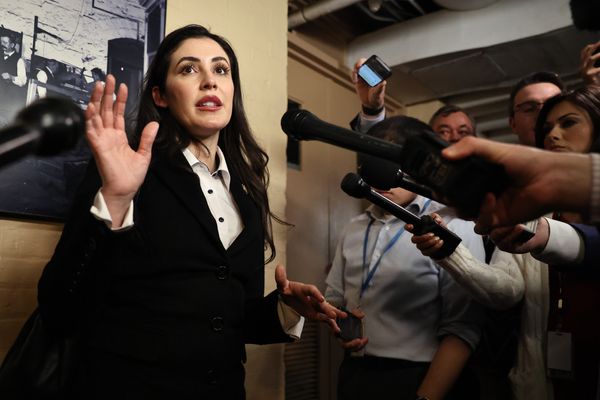
Indeed, a new energy is coursing through India’s logistics sector.
The role that connectivity plays in decongesting cities was brought out by anecdotal evidence, such as that of the steep reduction in travel time between Delhi and Meerut, thanks to the construction of fast road connectivity between these places, permitting people to live in that outer periphery of the National Capital Region and work in the heart of New Delhi.
If India can improve its logistics, it would undoubtedly raise India’s global competitiveness. India spends some 13% of GDP on logistics, while China spends less than 10%. The comparable figure for Europe is 8%.
The discussion focused on the potential to drastically reduce the high cost of logistics in India, promote economic efficiency, increase exports, accelerate growth and create new jobs and incomes. The single biggest factor making India’s logistics costly was identified as the excessive reliance, at present, on road transport for cargo movement. Shifting a greater proportion of freight to railways, inland waterways and coastal shipping, in seamless intermodal shifting of the same cargo load, was seen as the best strategy to bring down costs, as transport by rail and water is significantly cheaper than transport by road.
Changing the fuel used in all forms of transport, so as to reduce greenhouse gas emissions, is the key to both meet India’s climate goals and to improve air quality, besides lowering cost.
To achieve intermodal transport, some things need to change. One is creation of the appropriate modes of transport, such as barges and ports to navigate inland waterways, goods trains that run to a timetable, and trains that connect large towns with smaller towns in the neighbourhood. Another is coordination. For that, the primary requisite is collection and sharing of the relevant data. That means tagging every piece of freight with sensors that can communicate with machines that would relay real-time information to a central hub that can coordinate onward movement.
As a participant pointed out, if a truck goes to a factory and is kept waiting for hours to get loaded, that wastes capital and builds inefficiency, just as does the cargo that is unloaded at the berth and has to wait for a truck to arrive and be cleared from the port. Efficient coordination in logistics depends on ubiquitous telecom connectivity and the deployment of the capacity for machine-to-machine communication.
That is only the technological part of the challenge. Then, there is the achievement of regulatory convergence to enable smooth handover of cargo from one mode to the next. In this, the central government’s Gatishakti programme, meant to bring about such coordination and cooperation of different modal regulatory regimes, should help. Inter-state cooperation to permit movement across state borders is another layer of challenge, one that has been eased but not overcome by the introduction of GST.
With the notification of more liberal rules for the movement of drones and private jets, new modes of transport are becoming available and steadily more affordable.
A major area of concern among the conclave participants was the choice of fuel. While electricity and green hydrogen are the clear favourites, there is some residual fascination with biofuels. The scope for creating an additional income stream for farmers is an attraction, but with small modular nuclear reactors and even fusion reactors now within reach, to produce reliable, emission-free and relatively inexpensive energy, it might make sense to focus minds and resources on harnessing electric energy efficiently for the different modes of transport.
Hydrogen fuel-cells or storage battery to drive vehicles? Swap batteries or expand the charging infrastructure? Often, questions that seem to demand binary choices might call for answers that include both options, at least on an experimental basis.
There is the challenge of manufacturing the vehicles, the batteries, other ecosystem kit domestically, with world-beating competitiveness. The encouraging part is that there are Indian players who understand the painstaking demands of durable product development.
Underlying all these is the challenge of financing all such endeavours in new-generation logistics. Some venture and private funding has been forthcoming. More is needed.
Banks and the bond market can fund only projects that have crossed the initial hurdles of high risk with the help of risk capital. India’s pension funds—the Employee Provident Fund and the National Pension System—and the Life Insurance Corporation must find the courage to devote a slice of their giant corpus to funding innovative entrepreneurship.
New business models, such as Energy Efficiency Services Ltd, doing to electric buses what it did to LED lamps, are coming into play, to lower the cost of electric vehicle adoption. It has ordered the purchase of more than 5000 electric buses, bringing scale to depress unit costs. It has proposed a model to state transport corporations, in which these contract for bus services, without having to take on the burden of owning and maintaining the newfangled electric buses, while EESL or its contractors run the bus services. This would bring efficiency and cost optimisation to technology adoption.







